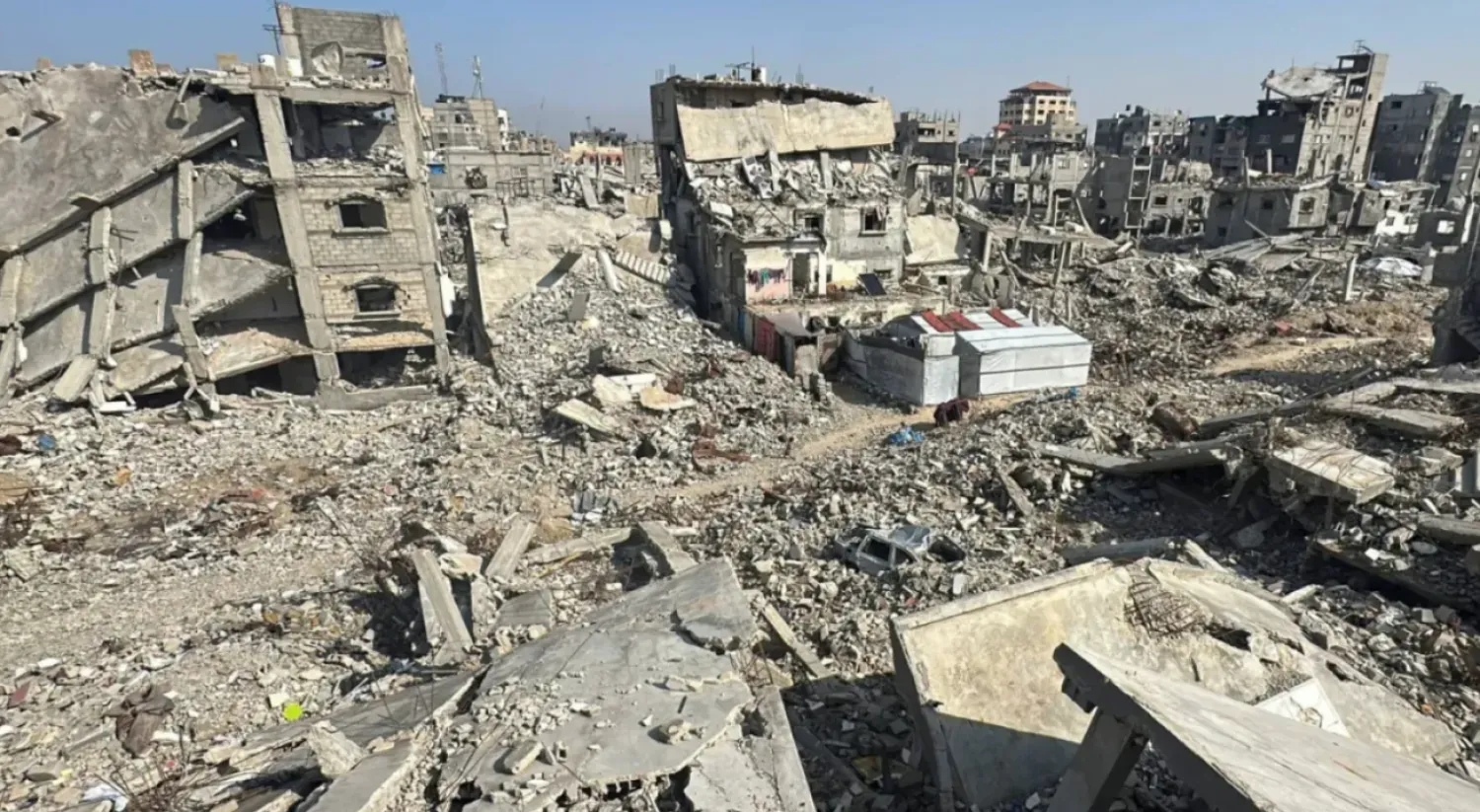The United Nations Educational, Scientific and Cultural Organization (UNESCO) and the European Union (EU) signed a new €20 million agreement to further support the cultural sector in Yemen.
The Youth Employment through Heritage and Culture in Yemen project will create employment opportunities for 8,000 young women and men and safeguard the country’s unique cultural heritage.
It will start in June 2022 for four years and will be implemented in different governorates across Yemen.
Head of the EU delegation to Yemen Gabriel Munuera Vinals said culture is a common good and a symbolic force for cohesion, stability, dialogue, and peace.
“It belongs to the past and serves the future. Cultural heritage is also an opportunity to enhance sustainable development by providing jobs and supporting economic livelihoods.”
Vinals reiterated that the EU firmly believes that culture can contribute to the economic development of a country like Yemen and promote peace, reconciliation, and development.
The EU delegation explained that the project would focus on employment opportunities for young people, who will increase their families’ resilience by protecting and preserving essential assets of selected Yemeni cities.
The project will also support small and micro-enterprises and cultural civil society organizations to use culture and heritage as a unifying factor and viable economic growth.
Communities will design cultural programs, enhancing peace-building and social cohesion. The project will be implemented in collaboration with local institutions.
UNESCO’s representative to the Arab Gulf States and Yemen, Anna Paolini, said the partnership between UNESCO and the EU “has taken stock of innovative modalities to harness the role of culture in sustainable development focusing on the human dimension and ensuring that Yemenis can safeguard their culture and live in dignity.”
The culture sector in Yemen has been dramatically affected by the prolonged conflict resulting in higher unemployment rates, especially for youth, and severe scarcity in cultural programming.
Historic settlements and archaeological sites have suffered collateral damage from the crisis.
The situation is exacerbated by the long-term lack of maintenance, weak governance of heritage properties, and technical and financial resources.
In 2018, UNESCO and the EU launched a four-year project, Cash for Work: Improving livelihood opportunities of urban youth in Yemen ($12 Million), to respond to urgent human needs and threats to urban heritage environments in the World Heritage Sites of Sanaa, Shibam, and Zabid, in addition to historical buildings in the city of Aden.
The Cash- or Work project has employed more than 3,380 young women and men, rehabilitated more than 166 historical buildings, surveyed 18,000 buildings, and supported 485 artists and cultural operators through 13 cultural organizations.









